The foundations and the design principles, furnishing and decorative styles, colour schemes and materials represent some of the elements that you should learn about home decoration, when you decide to change this aspect radically or otherwise.
You don't need a degree in architecture or a masters in interior design: it is just a matter of different “work”.
The home decorator and the interior design are often erroneously thought to be the same, as much as the two figures are very similar in many ways. To highlight the characteristics and differences between each (a casual eye may easily confuse them) you must consider the contexts in which each works and the way in which their work is differentiated.
Interior designer vs home decorators: challenge to the last accessory
The two figures are both professionals, but whilst one is created from precise and formal training (university based), the second is focused on an essentially aesthetic approach, without requiring academic qualifications (that mainly for concerns planning, architecture and other aspects).
In a certain sense, we could define the home decorator as a type of modern artist, who can complete the work of the designer and offer than something more on a visual level. He or she is only called to decorate that which is already in place. 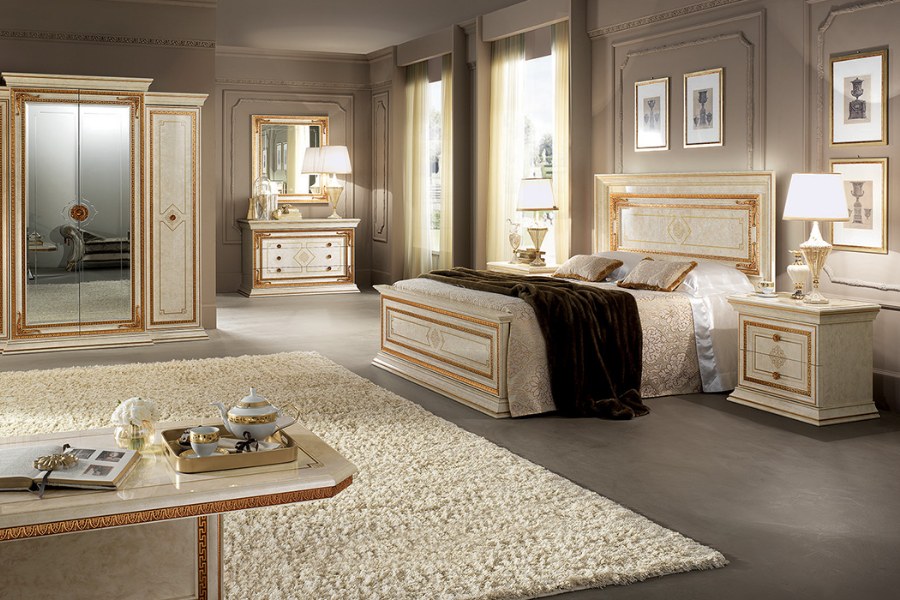
The role of the interior designer
Architectonic studies with specialisation in interior design, internships, research into colour and materials, expertise in the use of professional programmes such as AutoCAD and in design; this is the profile of the modern interior designer. He or she is a figure with a solid and structured formation, and like architects tend to make a name for themselves within a studio before starting their own business.
Their work is total: they plan the space in its entirety from zero, or renovate floor by floor. They mainly work on the functionality of the rooms, furniture and its accessories, lights and other important aspects. If you have bought a new house or an office to restructure, you would entrust it to this figure along with a good architect and an engineer.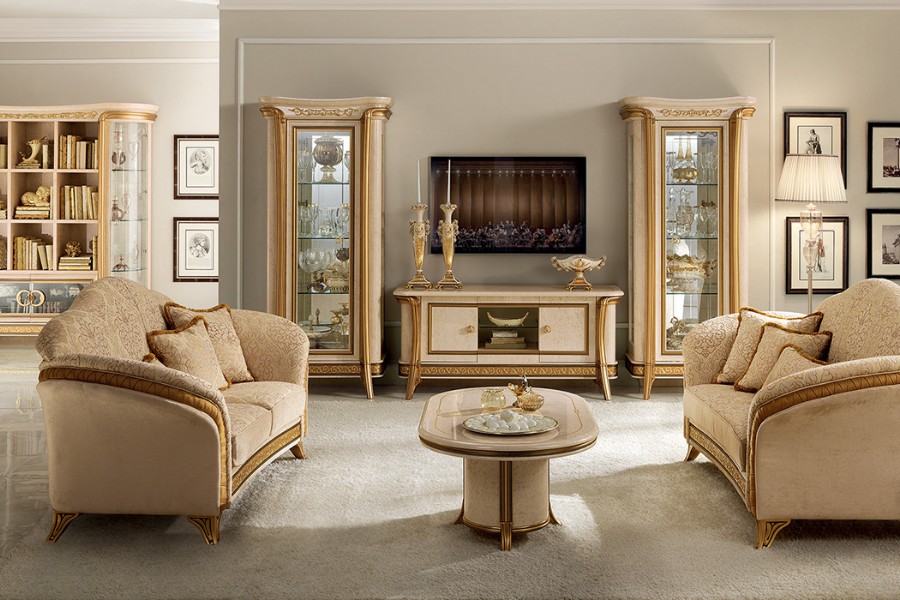
Do you want to become your own interior designer?
Download our guide and discover where to star
The role of home decorator
The home decorator is the aesthetic consultant in command: his or her taste and artistic vision can make the spaces of your home unique and special. They are not involved in the structural planning and renovation of spaces. They have not undertaken specific training and literally fall back on their intrinsic decorative skills, focusing on the exterior appearance of things.
They may have undertaken professional courses on colour schemes, planning of spaces, materials and other aspects. They can help you in selecting the style of furnishing, accessories and other aspects mentioned above.
However, he or she is not a fundamental figure such as is the designer, for this reason it is the role that more than any other can be adopted personally, deciding how the living room in which you spend your days or the bedroom where you rest for the night should appear in line with your own tastes, eyes and heart. 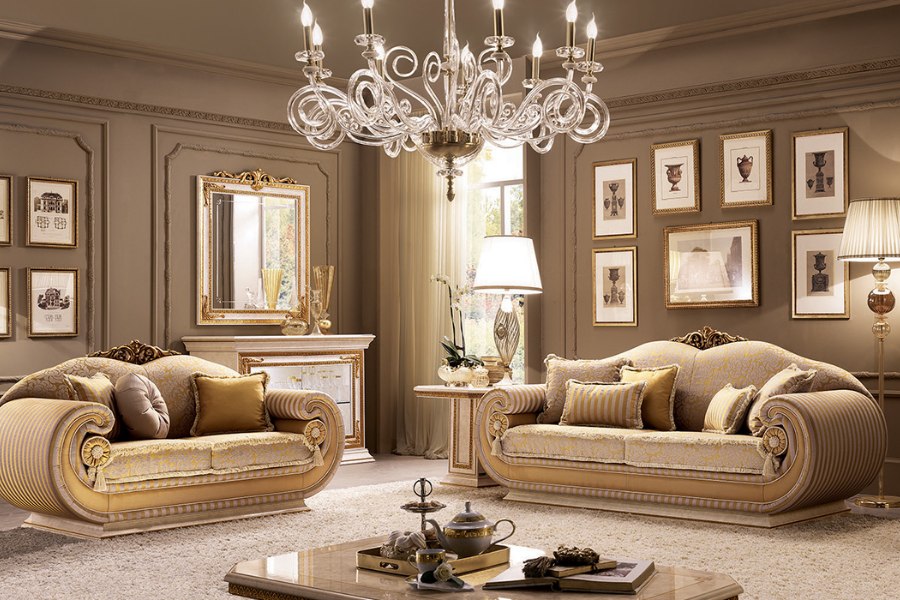
Learn about home decoration: elements
Having differentiated the two roles we have come to the central aspect of the discussion. We want to learn about the decoration of the home, every aspect and element.
We start with the choice of style to confer a single and harmonic idea to the entire space: modern or classic, vintage or shabby chic, industrial or country, there are many possibilities. It is obviously a choice that should be taken alongside the designer.
In the second instance, you should evaluate the space and the arrangement of furniture and accessories present, to devise a project that allows you to “distribute” the decoration elements in a balanced manner, in terms of light, colour, materials and accessories, to create the desired effects.
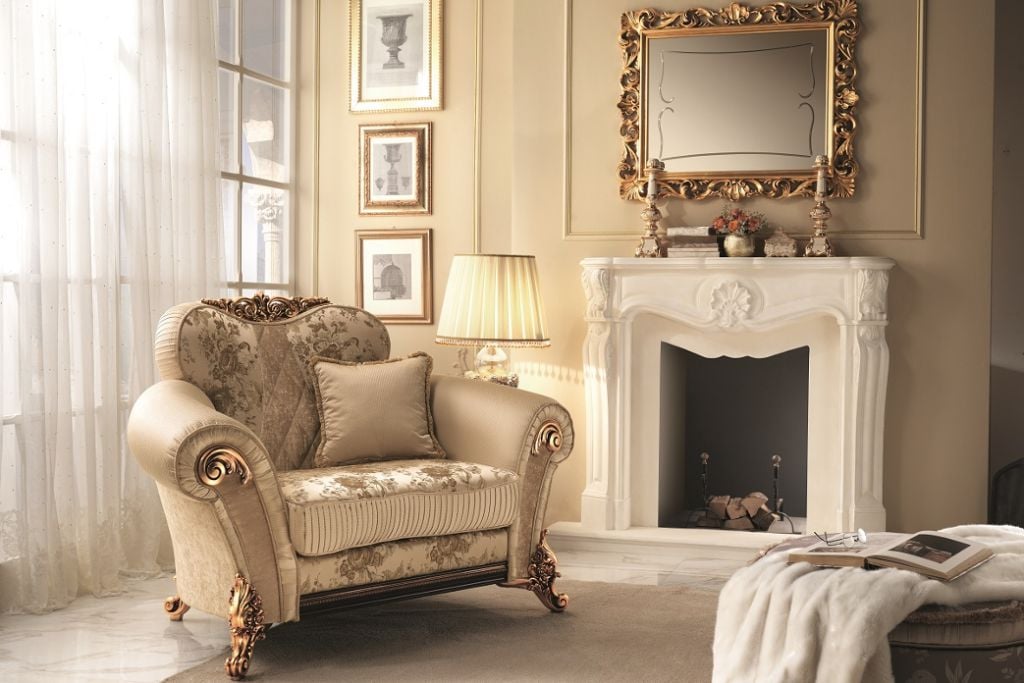
A trick of light
Light is a fundamental element of design and decoration. It works in synergy with the colours of a room, amplifies the spatial perception of space and allows you to focus attention on certain points and zones.
Lighting boasts a versatility based on the multiple sources with which the designer can experiment: natural, upright, wall, ceiling, table, etc. It can be maximised with mirrors, glass objects or gilded fixtures and overall is one of our best friends as it can change the atmosphere and the look of a single room, as you desire (obviously making the correct decisions). 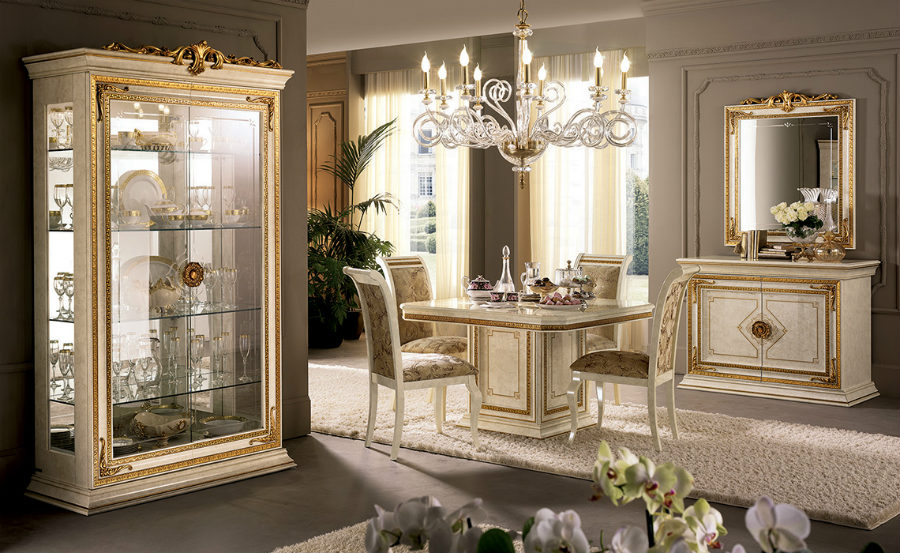
Harmony of colour
The choice of colour palette already occurs in the design phase and reaches a peak in the decoration and embellishment of interiors.
This is because when faced with painted walls and furniture (in any case your choice), the real coloured and characteristic note occurs with the additional of those decorative objects (such as cushions or other type of accessories) that complete the palette and bestow important harmony to the overall look.
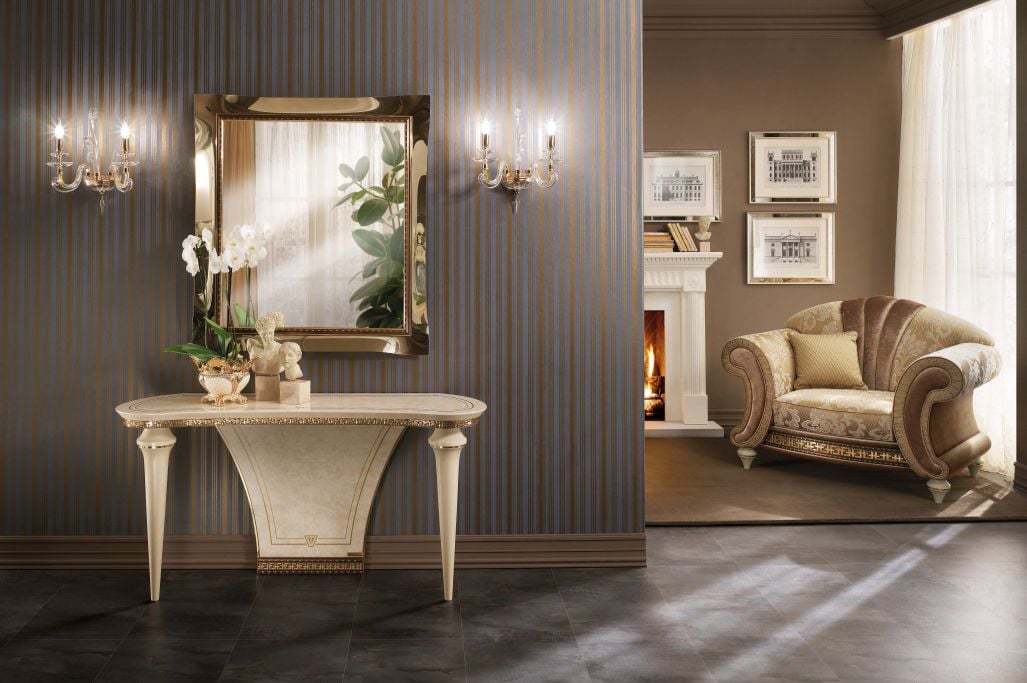
Which materials?
It is odd to think that materials play an important part in the decoration of a home. Yet this is the way it is and it is an aspect that is closely connected with the selected style. With the industrial look it is iron, with country it is wood that dominates, with classic it is hardwood, just to name a few examples.
The reason for which when undertaking decoration it is important to remember that certain materials may not be very compatible between each other, such as wood or plastic. It is up to you to use your eyes and assess what comes together best and how to complete the look of your interiors.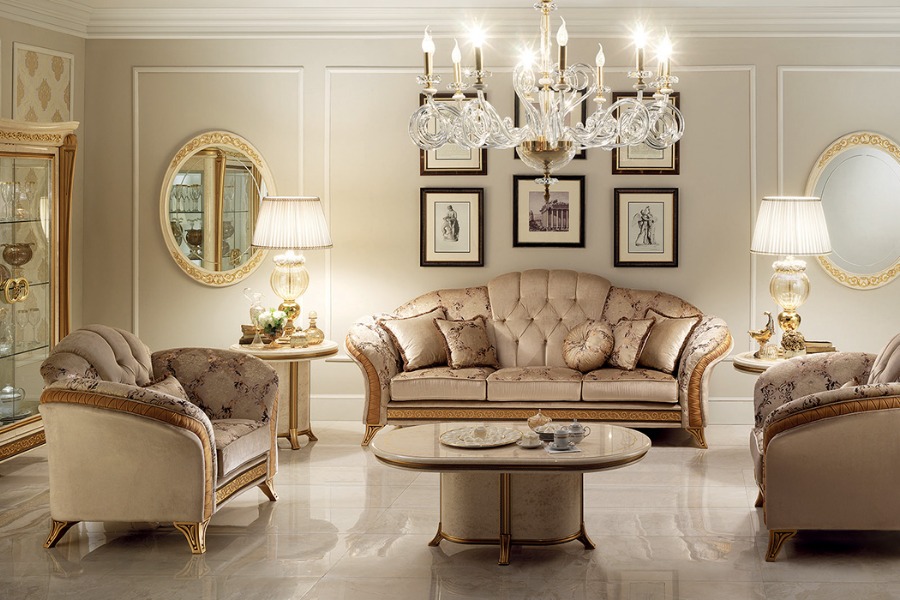
A world of accessories
Books and cushions, mats and lamps, vases, would could list hundreds of objects, even less common ones: a lover of sports could even hang paintings with shirts signed by athletes of the past.
The accessory is the main element when you customise and decorate the home, let your imagination run wild (taking into account the light, colours and materials) and don't exaggerate: the result should be beautiful, not confusing.

